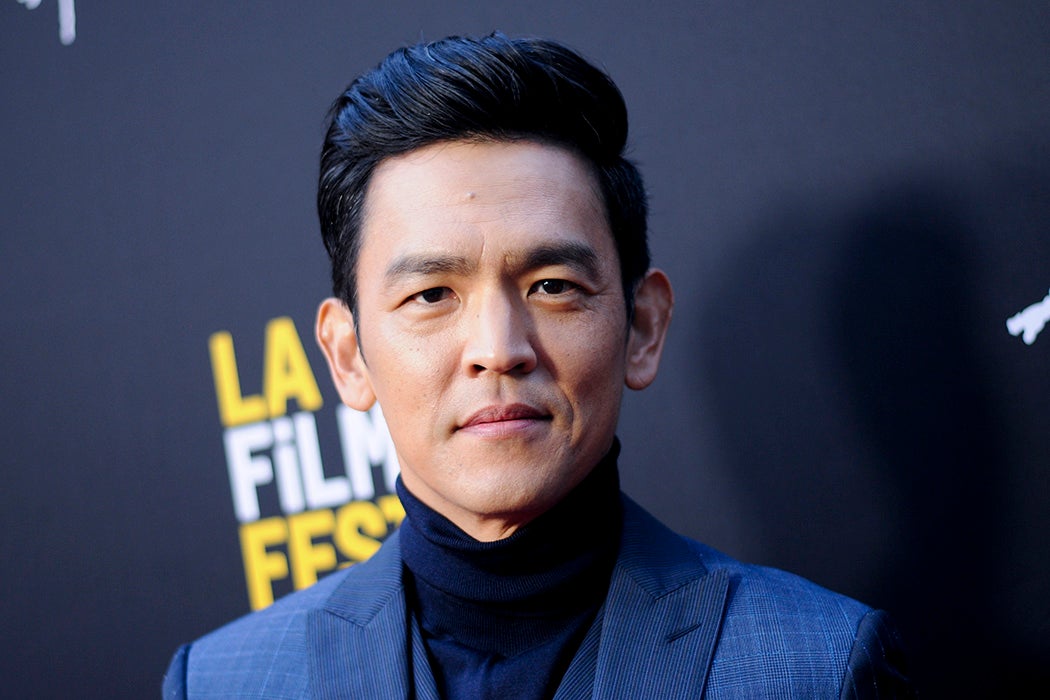Multiverse-bending Everything Everywhere All at Once was an Oscar favorite, Joy Ride spotlighted raunchy female humor, and Past Lives tugged at heartstrings with its classic romantic story. This year’s box office is pointing to broad success for movies led by Asian American actors and themes. Such achievements may have seemed unlikely just a few years ago, when film scholar Sylvia Shin Huey Chong was asking whether “the time is ripe for something called ‘Asian American cinema.’” Yet doubt may remain as to whether recent successes are actually a win for Asian American film.
Chong posed her question in 2017, after “a bumper crop of media controversies involving Asian American representation,” such as Tilda Swinton’s role as a Tibetan mystic in Doctor Strange. She observes that these misrepresentations have driven campaigns such as #StarringJohnCho, which calls for the Korean American heartthrob to be given roles as a leading man in Hollywood.
“If the problem with racist misrepresentation is racial invisibility, then the solution seems to call for some kind of forced integration of American popular culture in order to claim visibility,” writes Chong. Yet, it’s not enough to simply see more Asian Americans on the screen, especially if they’re playing “delivery men, prostitutes, martial artists, or dictators.” More depictions of service workers, power-hungry rulers, and lean kung fu masters aren’t a solution; the roles need to be more symbolically important.
“But, on the flip side, the clamor for ‘better’ roles potentially buys into fantasies of power that Hollywood peddles,” she notes. “What, for example, does an Asian American James Bond or Captain America accomplish, other than recruit Asian Americans into a toxic heterosexual masculinity in order to make up for their historical emasculation?”
The focus on visibility has other pitfalls. Asian American cinema may be co-opted in a way that “adds a drop of exotic color to the multicultural landscape, allowing one to claim ‘diversity’ in relatively safe ways,” including by conflating international Asian film productions with Asian American works. And as Asian films are appearing more frequently in Asian American film festival line-ups, she warns that the trend may be part of “soft power diplomacy” by foreign governments that may “sidestep issues of racism” and “promote exoticism” to the continued disadvantage of Asian Americans.
In other words, the prominent deployment of Asian motifs in mainstream Hollywood movies may “simply substitute one problematic cultural nationalism…for another,” writes Chong.
It’s worth noting that in 1995, film and literature scholar Peter Feng was already distancing Asian American cinema from a “market-based approach” to consider “modes of production.” Looking back at the 1970s, for instance, Feng finds “a coherence to Asian American media production…that is absent today.” Asian American filmmakers in Los Angeles were producing films cooperatively, leading to a sense of “community” in Asian American media of the time.
“There is a difference between Asian American Cinema and the ‘Asian American Cinema Movement,’ a term which I use to describe the community orientation and the palpable sense of discovery which pervades the Seventies films,” Feng elaborates.
Weekly Newsletter
Both Feng and Chong comment from a perspective centered on the origins of Asian American identity.
“‘Asian American’ is not a cultural term at all, nor even an ethnic label,” Feng writes, “but rather the name of a coalition of Americans who have come to realize that their political situation—determined in part by how Asians are seen by outsiders—requires them to act together.”
Presciently anticipating blockbusters such as Crazy Rich Asians and Shang Chi, Chong suggests that newer movie productions could well star actors like John Cho and Constance Wu. “But,” she adds, “I want their visibility to count for something rather than to be a goal in and of itself.”







